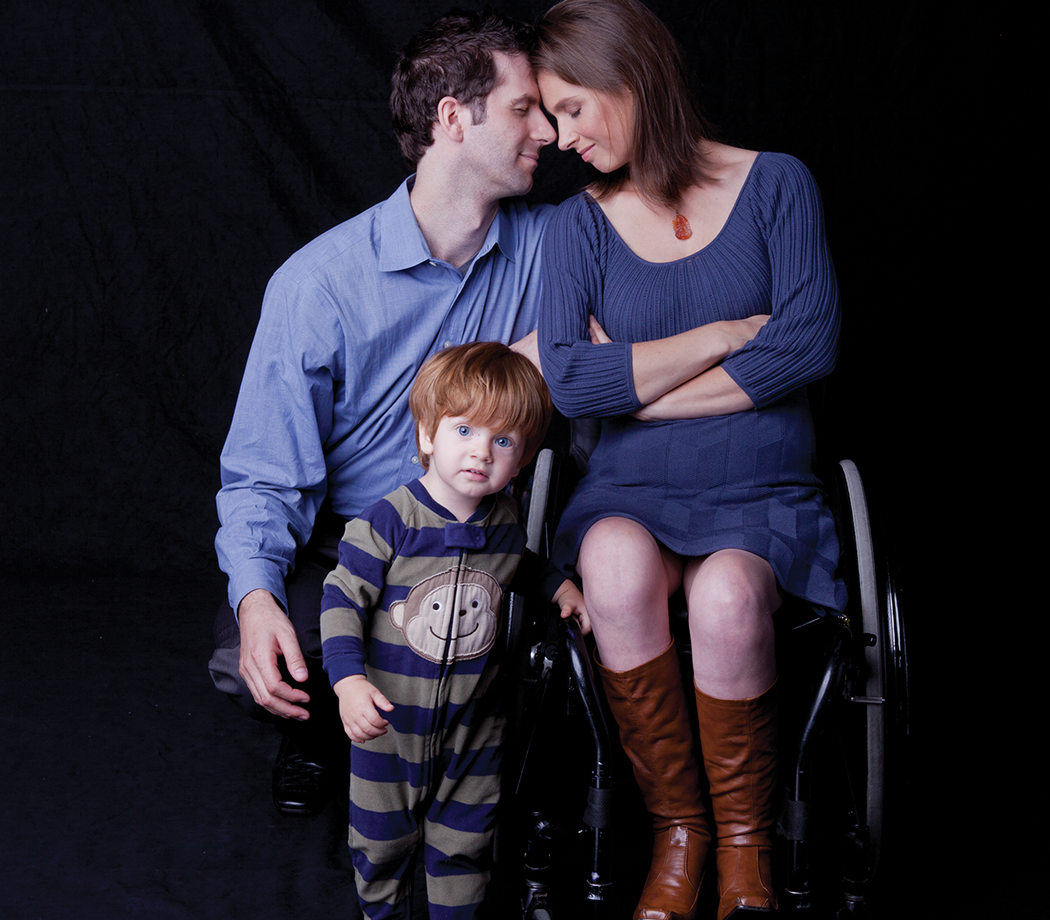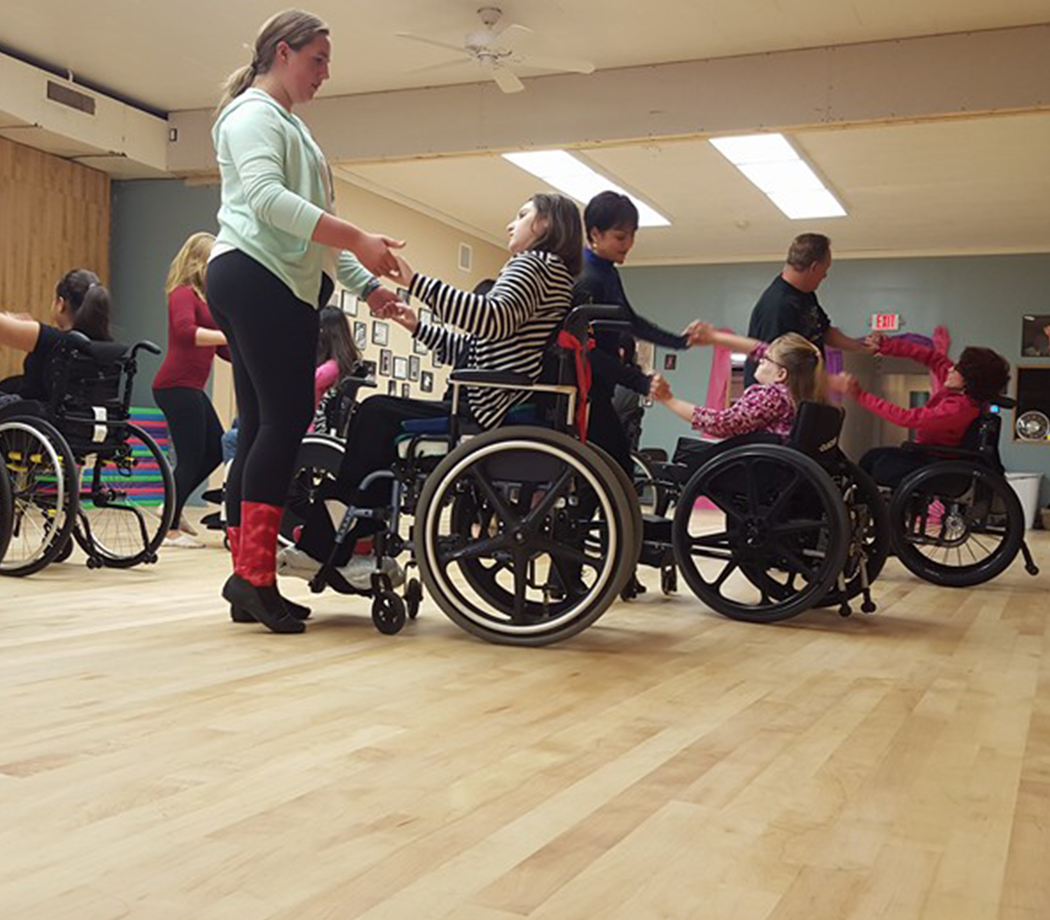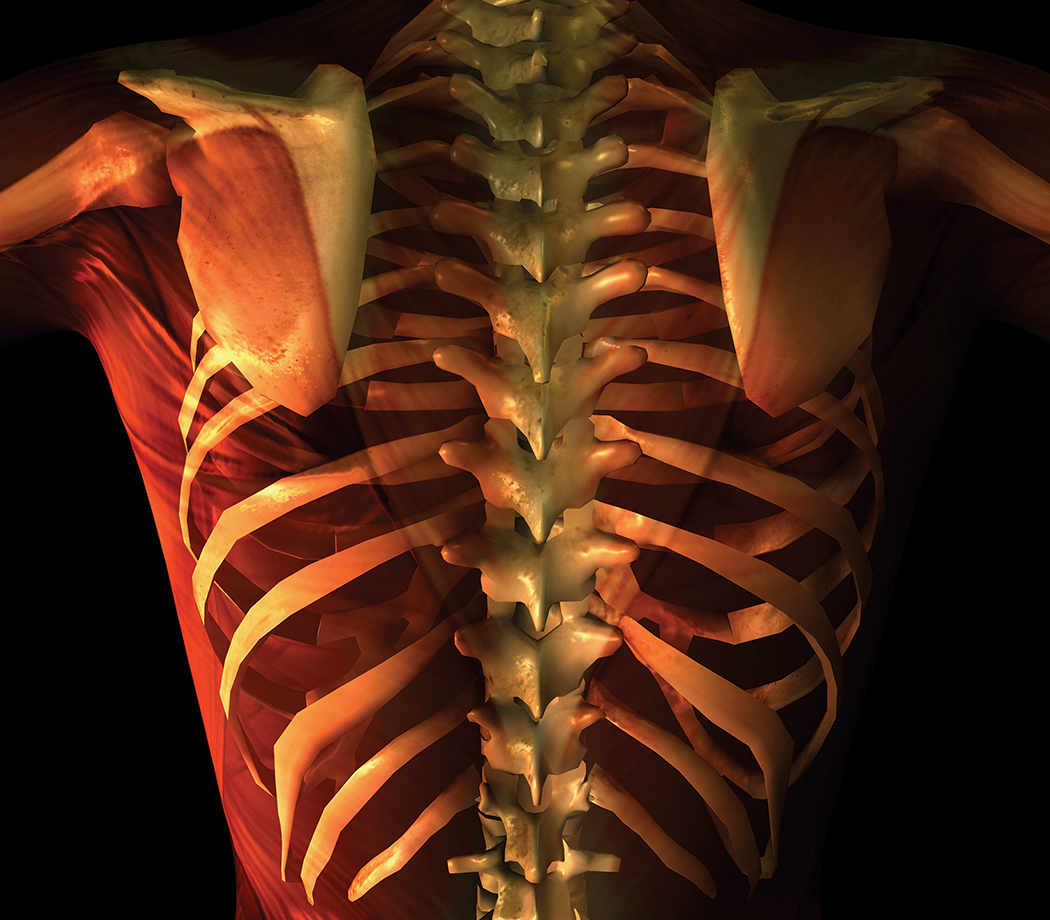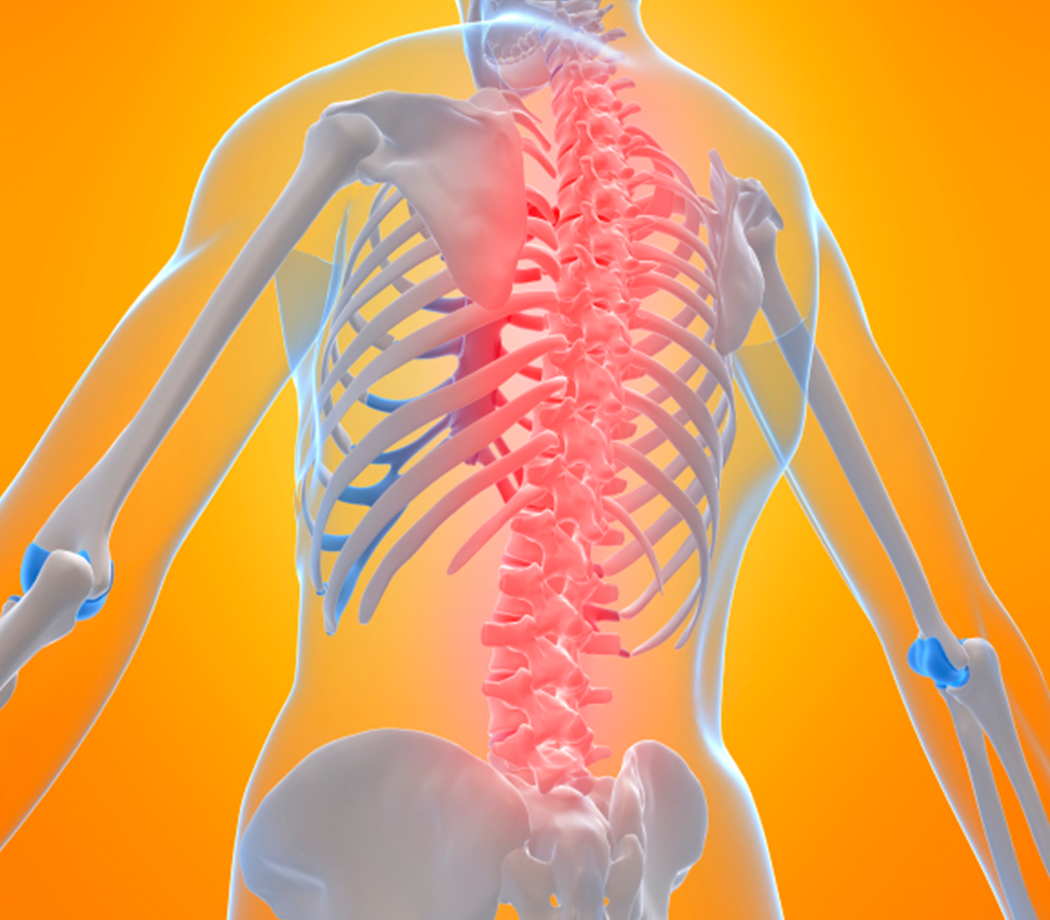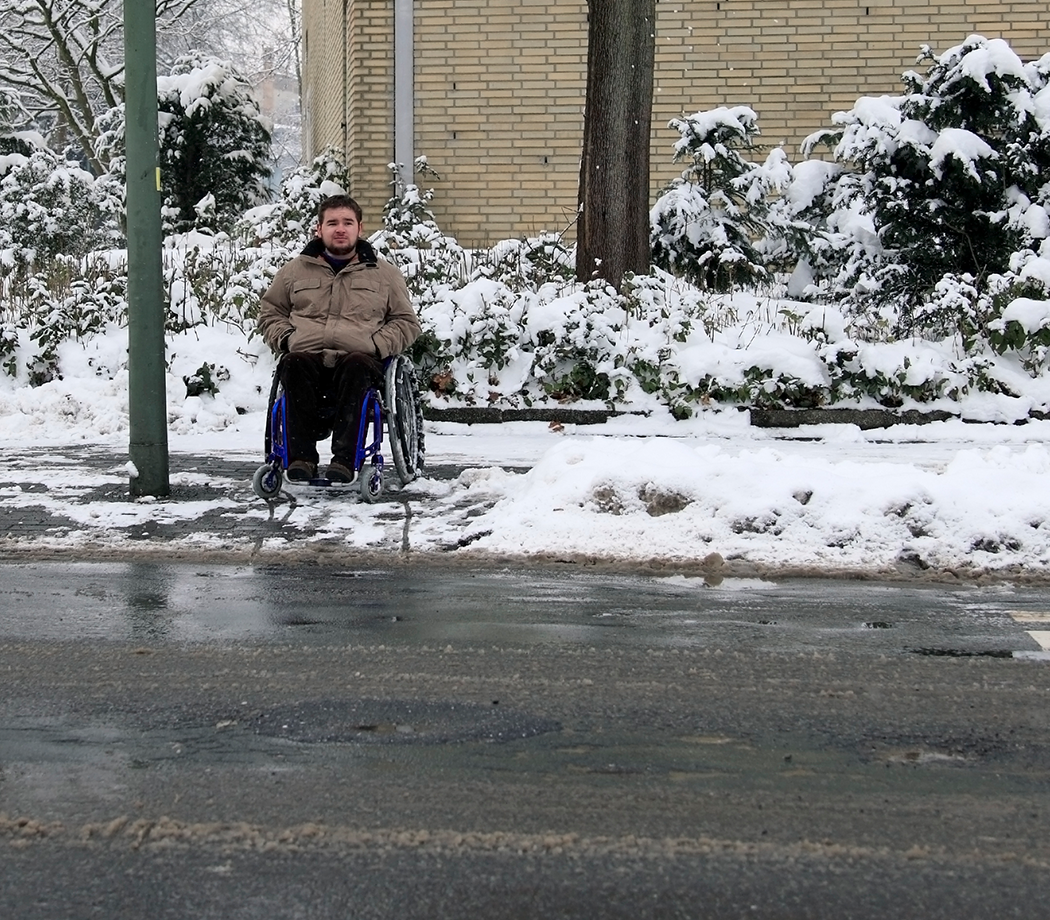Winter Safety Tips
Preparing for Winter Weather
Winter can be a brutal season, especially for those living with paralysis who have trouble regulating their body temperature. We asked three wheelchair users familiar with cold climate conditions to provide tips to keep you safe and warm during the coldest months.
Our panel of winter experts:
- Candace Cable: Host of the Reeve Foundation webinar series, Adapting Life, and frequent blogger on topics like advocacy, adaptive sports, health and wellness.
- Tom Hernon: Former cold weather specialist in the United States Marine Corps who is passionate about helping people living with paralysis get “back to life” by participating in sporting activities.
- Craig Kennedy: President and co-founder of Access Anything, a leader in adaptive sports and travel for people living with disabilities.
Avoid Cotton and Wear Layers
- Invest in good quality outer wear. Stick to name brands like The North Face, Patagonia, Hot Chillys, and Obermeyer.
- Dress in layers. Wear loose, lightweight, warm clothing in several layers. Trapped air between the layers acts as an insulator and layers can be removed to avoid perspiration and subsequent chill.
- Avoid cotton, when it gets wet, it stays wet. Search and rescue teams stress that wet cotton and clothes may lead to hyperthermia. Instead, try clothing made from moisture-wicking fabric like Under Armour, polypropylene or any man- made fibers. Better yet, wool will keep your body temperature up, even when wet.
Keep Your Hands Warm
- Use mittens to keep your hands warm if opening fingers is challenging.
- Carry two pairs of gloves with you at all times in the likelihood that one pair gets wet. Make sure the gloves are lined for the best protection.
- Wet, cold hands cause a chill to set in quicker. If your hands become cold put them under your armpits or crotch area. These areas are the warmest parts of body.
- Head, feet and hands lose heat the quickest. Always wear a hat or cap since half of your body heat could be lost through an uncovered head.
- If participating in outdoor sports, wear a full head mask, helmet, and neck warmer.
- Keep calves warm with leggings.
- Purchase hand warmers that can be put in pockets and gloves to keep hands warm. These are not good for feet because you can’t regulate the heat.
- Boot warmers can be very helpful keeping feet warm and dry. Remember to check skin when first using boot warmers. Hotronic is a good product.
Skin Protection
- Wear sunscreen! Even in the winter, sunburn is possible. When the sun reflects off the snow, severe sunburn can occur, especially under your nose and the bottom of your ears.
- Apply Vaseline to the areas of your face that are not going to be covered. It acts as a moisture insulator and helps prevent your face from getting dry or chapped in the cold air.
- Frostbitten skin feels cold to the touch and may feel numb. If skin turns white or grayish-yellow, frostbite can be suspected. Move to a warm area and cover the affected area with something warm and dry. Never rub the affected area.
- Consistently check for any exposed skin. Shirts and jackets have a tendency to roll up on the back of wheelchairs.
Dealing with Dehydration
- Hydration is critical in winter weather. When the body gets dehydrated, cold sets in more easily. Skin becomes dried out from heating and cold temps more so than in summer.
- You can become dehydrated quicker in dry climates and high altitudes. Keep your body oxygenated by drinking lots of water.
Winter Tips for Wheels
- You should invest in snow tires for both your wheelchair and car. Tires made from a soft rubber work best for gripping snow and ice. For your wheelchair, mountain bike tires can be used as they have more traction.
- For your car, snow tires are important because they have tread patterns that are designed to grab onto snow and ice. They also help to prevent from getting stuck.
- Never use cruise control while driving in the winter. The time it takes to remove the cruise control is enough to send a vehicle spinning out of control.
Create a Survival Kit
Storms roll in quickly and getting stranded in the snow can be cold and dangerous. When traveling in winter weather, have a survival kit in your vehicle or backpack.
The kit should include:
- Water
- Matches
- Food
- Shovel
- Flashlight
- Blankets
- Sleeping bag
- Flares
- Fully charged mobile phone
- Batteries
Note: Batteries lose 60% of their charge when the temperature reaches 0 degrees. Keep batteries warm with covers.
Get Creative: Make Your Own Boot
Candace Cable created a specialized snow boot using a boiled wool slipper from Norway.
“The hard, flat, white piece is plastic. The tall cover is made of a water proof material that I again had made to cover the slipper.”
Boiled wool slippers can also be found online. To assemble all the pieces together, first use the tall outer cover, followed by the plastic, and then the slipper, and your foot goes in the slipper.



